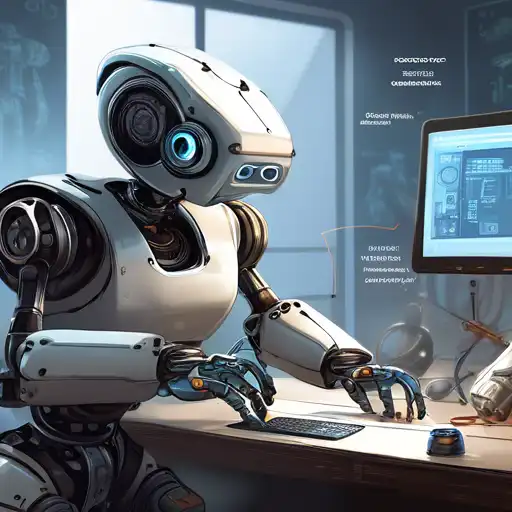Introduction to Robotics Programming
Robotics programming is an exciting field that combines the creativity of designing robots with the technical challenge of programming them to perform tasks. Whether you're a hobbyist looking to build your first robot or a professional aiming to enhance your skills, this guide will provide you with the foundational knowledge needed to get started.
Understanding the Basics of Robotics
Before diving into programming, it's essential to understand the basic components of a robot. These include sensors, actuators, a control system, and a power source. Sensors collect data from the environment, actuators allow the robot to move or interact with its surroundings, the control system processes the data and makes decisions, and the power source provides the necessary energy.
Choosing the Right Programming Language
Several programming languages are commonly used in robotics, including Python, C++, and Java. Python is highly recommended for beginners due to its simplicity and readability. C++ is preferred for performance-critical applications, while Java is often used in educational settings.
Setting Up Your Development Environment
To start programming robots, you'll need a development environment. This typically includes a text editor or IDE (Integrated Development Environment), a compiler or interpreter for your chosen programming language, and any necessary libraries or frameworks specific to robotics.
Writing Your First Robotics Program
Begin with a simple project, such as programming a robot to move in a straight line or avoid obstacles. This will help you understand the basics of robot control and sensor integration. Remember, the key to learning is experimentation and iteration.
Exploring Advanced Concepts
Once you're comfortable with the basics, you can explore more advanced topics like machine learning for robotics, computer vision, and autonomous navigation. These areas offer endless possibilities for innovation and creativity.
Resources for Further Learning
There are numerous resources available for aspiring robotics programmers, including online courses, tutorials, and community forums. Engaging with the robotics community can provide valuable insights and support as you advance your skills.
Conclusion
Robotics programming is a rewarding field that offers the opportunity to bring your ideas to life. By starting with the basics and gradually tackling more complex projects, you can develop the skills needed to create innovative robotic solutions. Remember, the journey of learning never ends, and there's always something new to discover in the world of robotics.
For more information on related topics, check out our guides on Getting Started with Python for Robotics and Advanced Robotics Programming Techniques.
